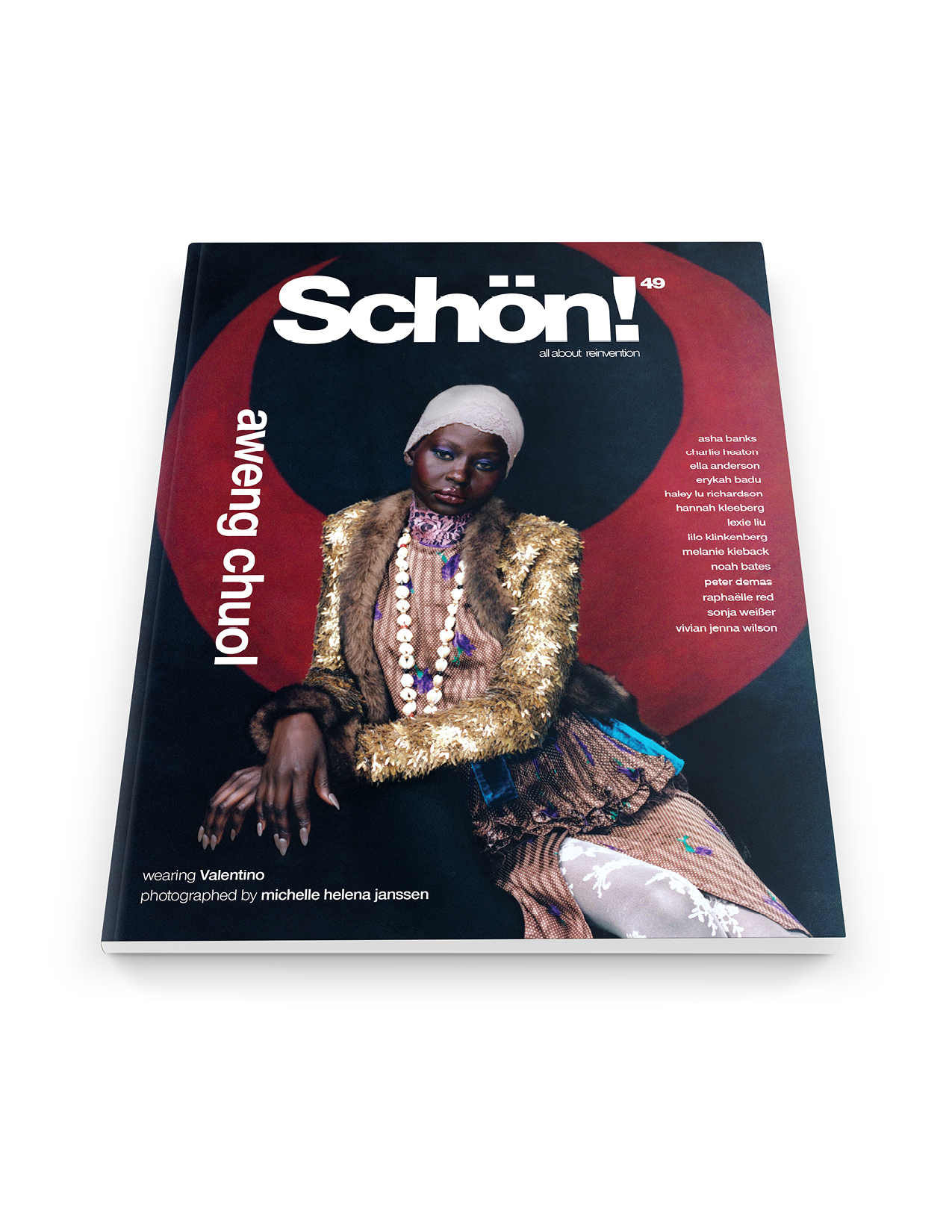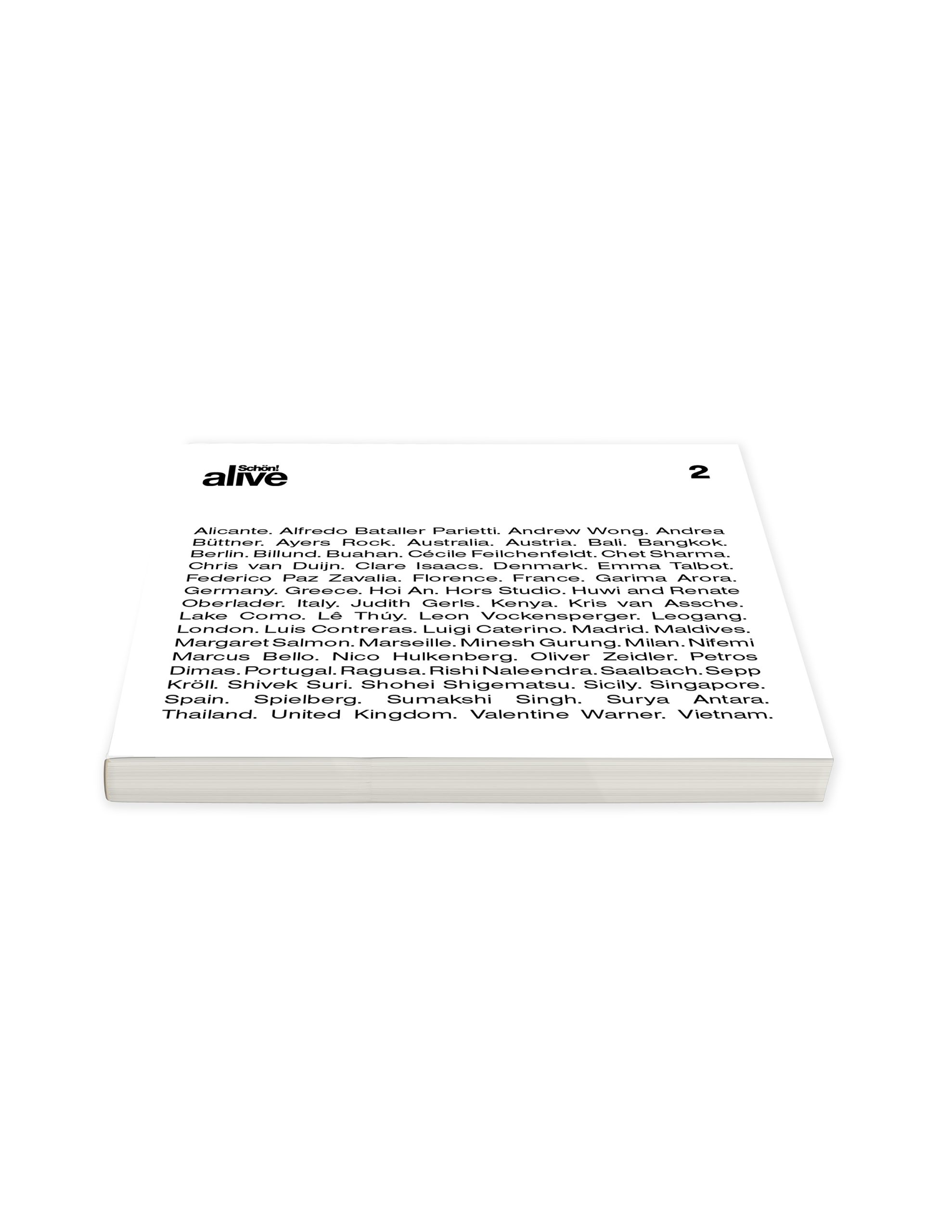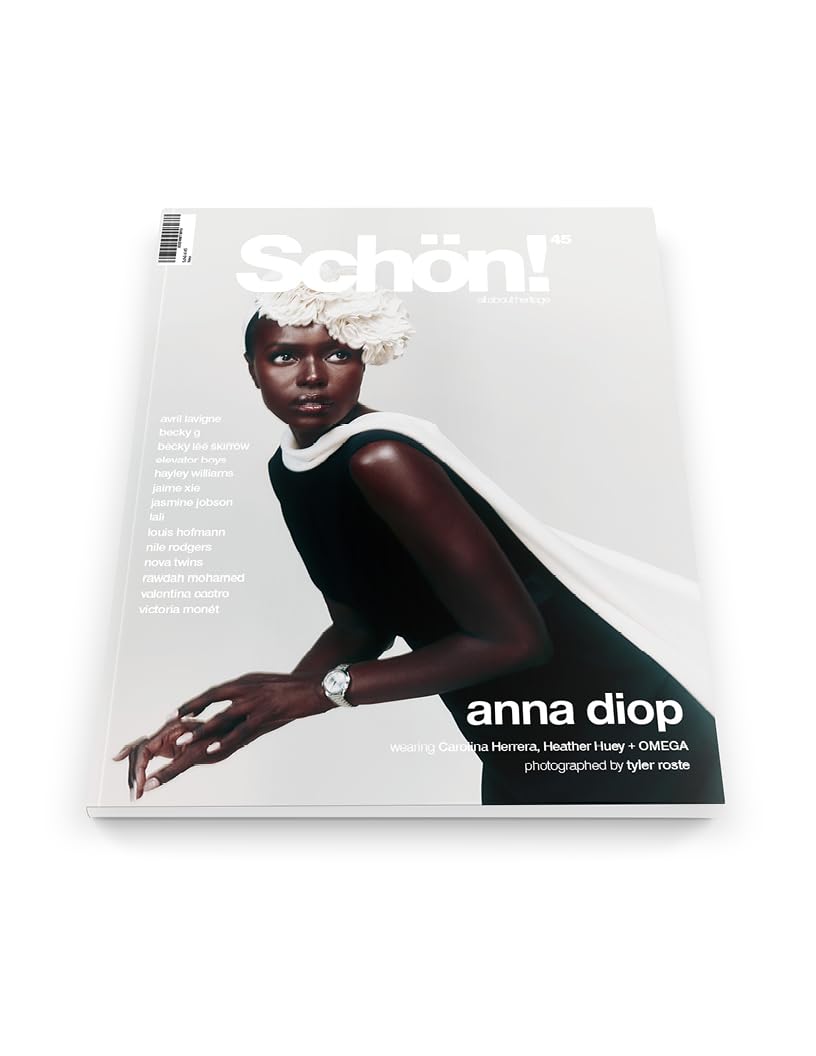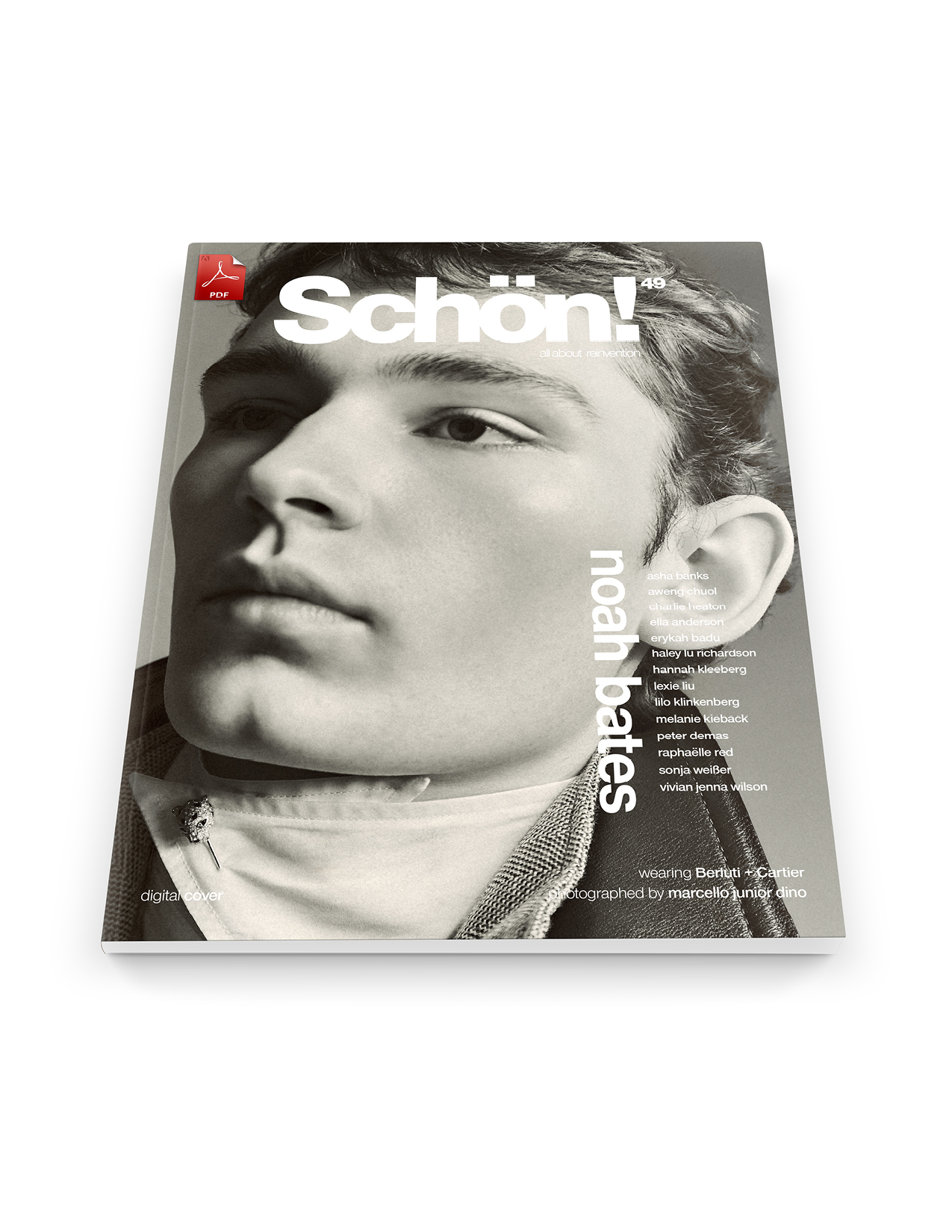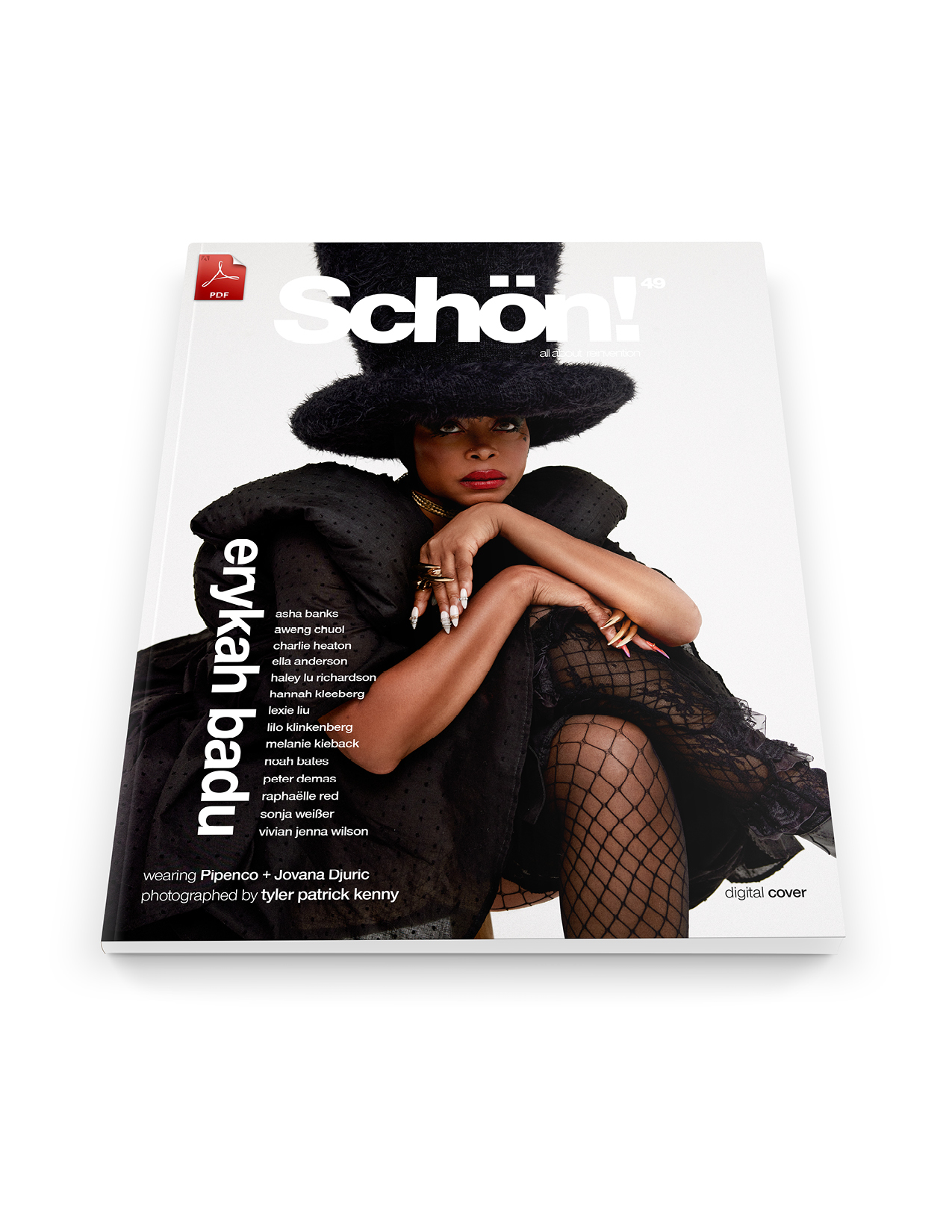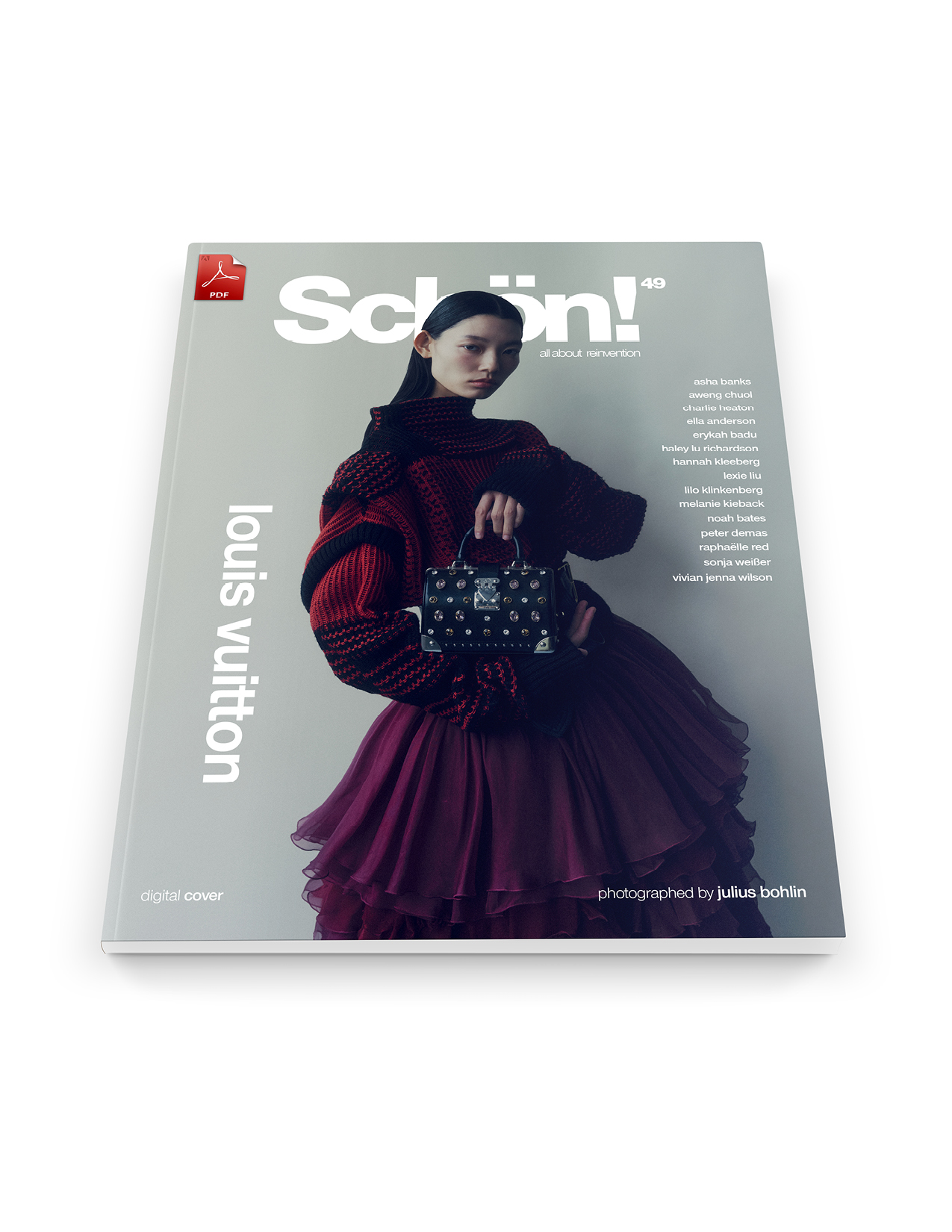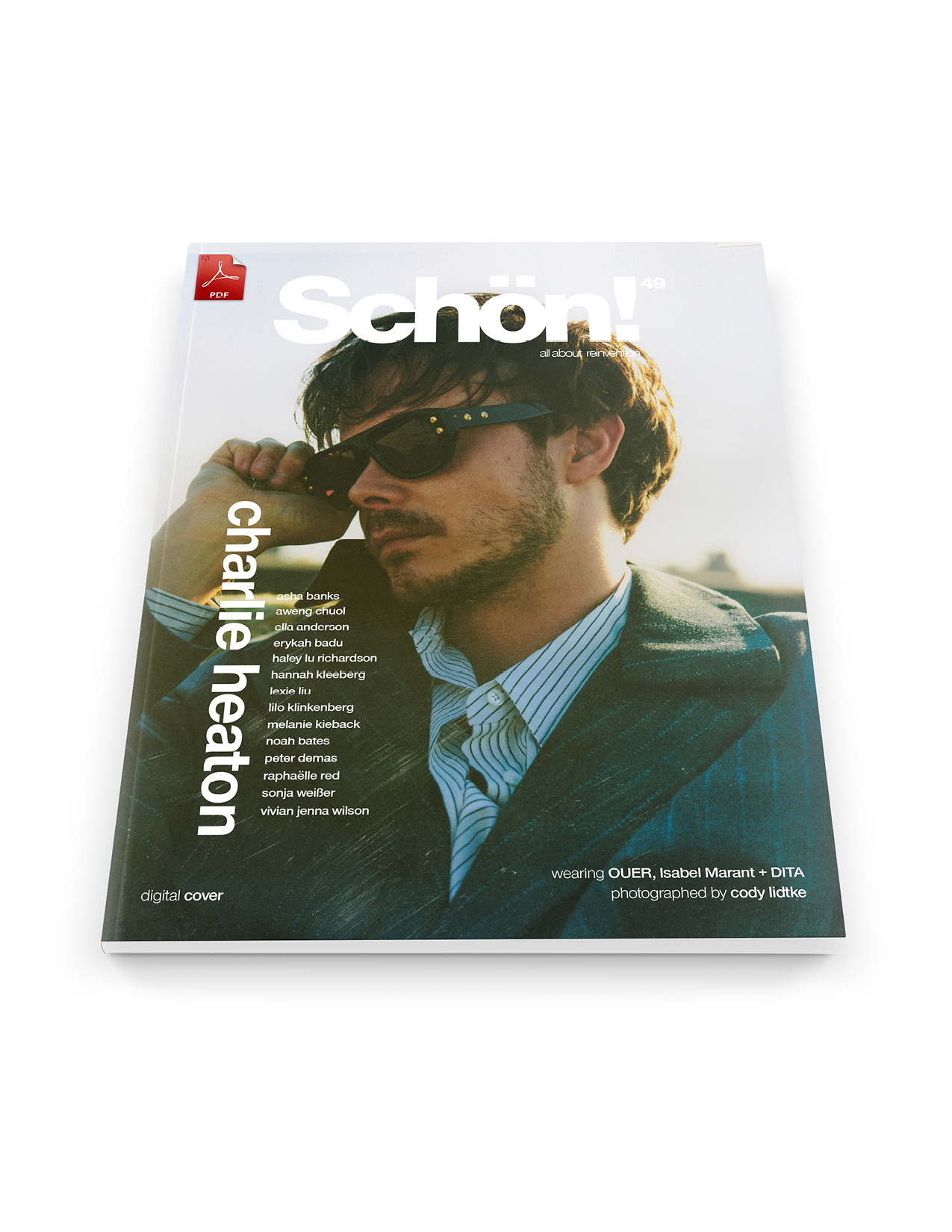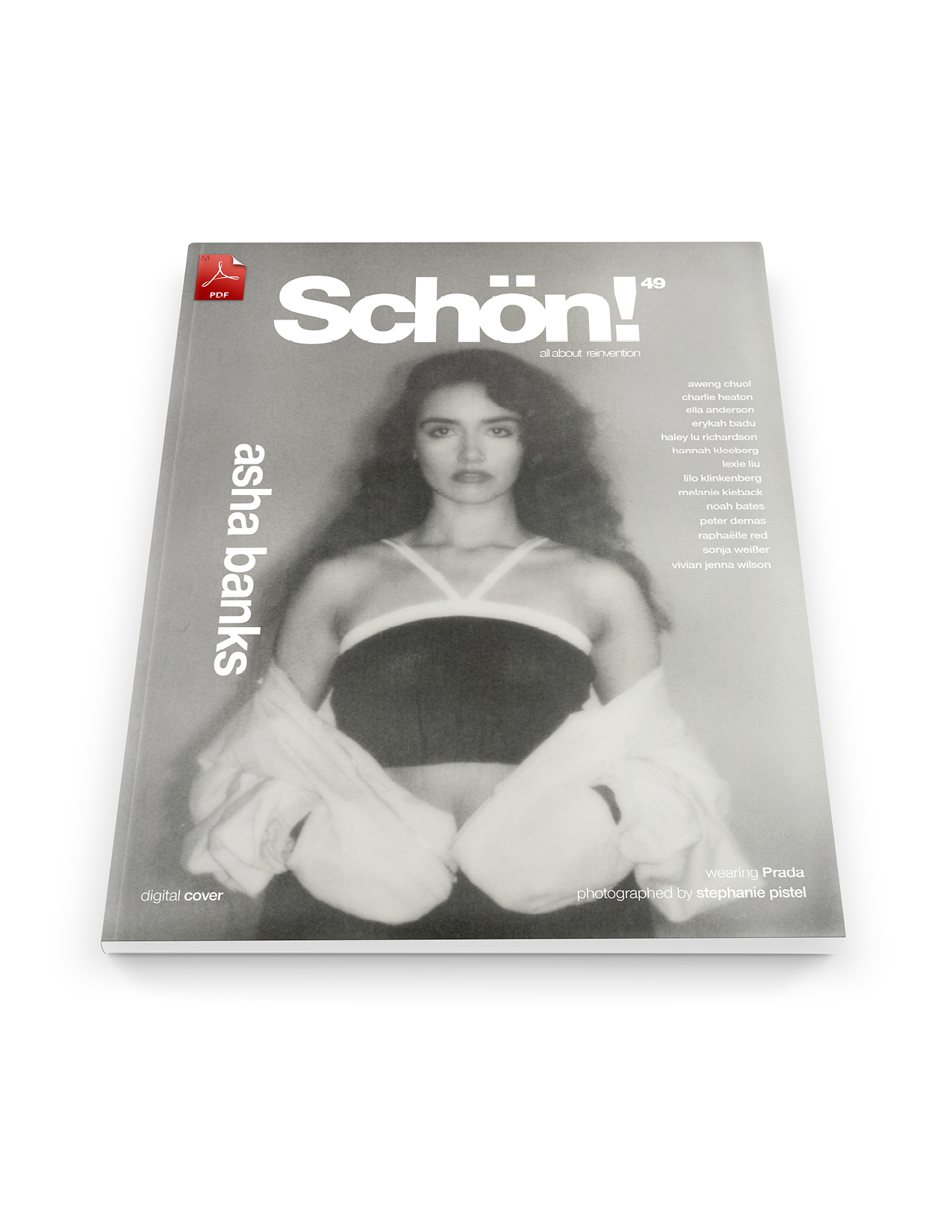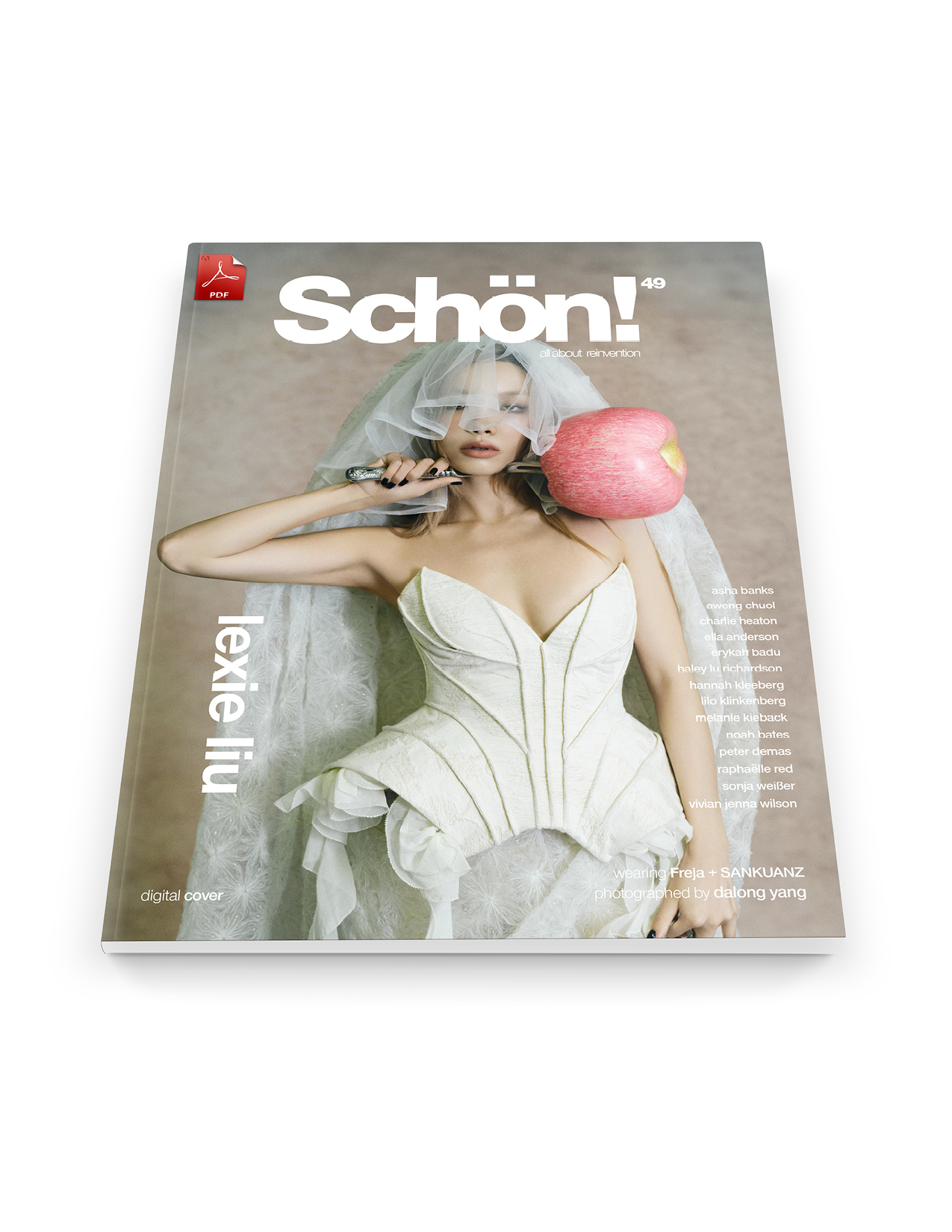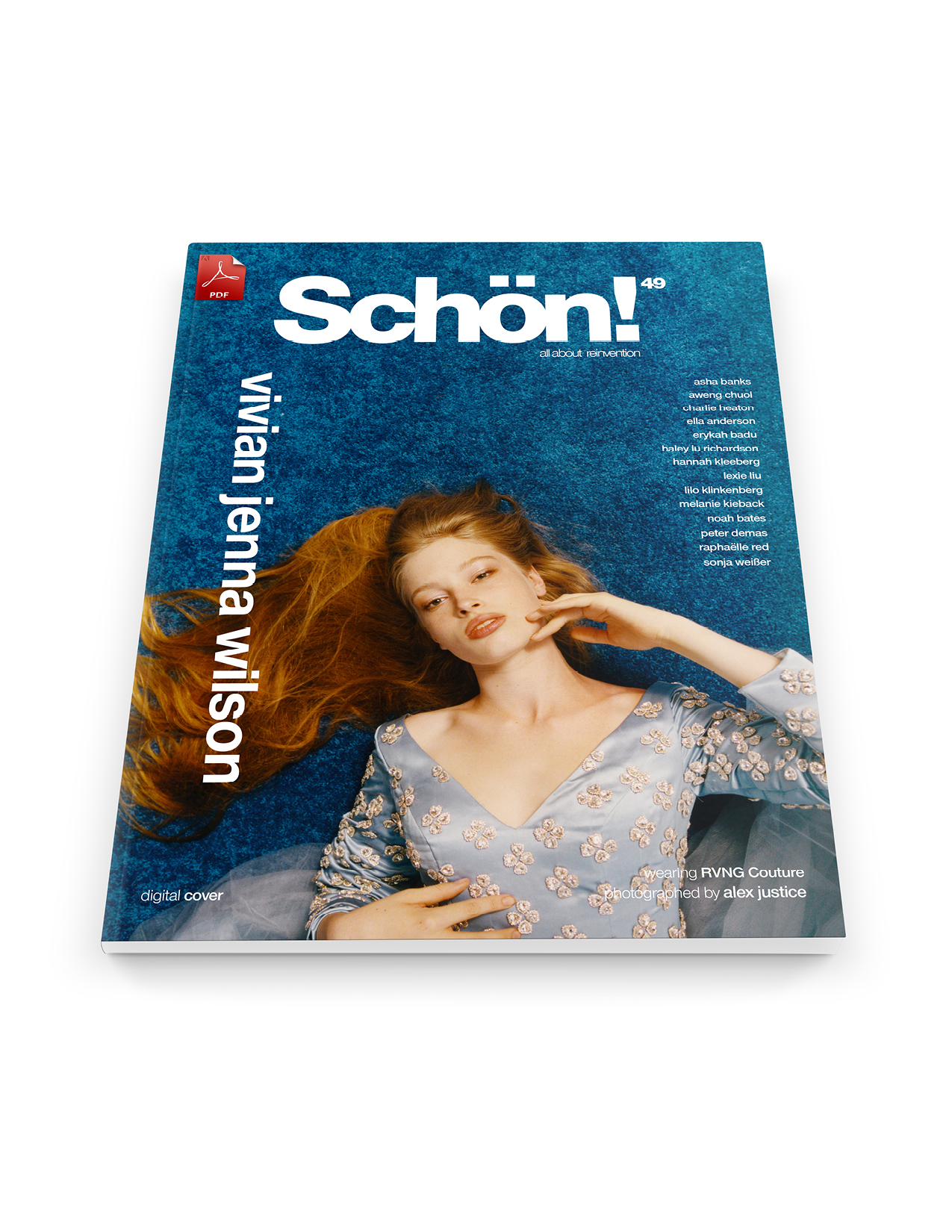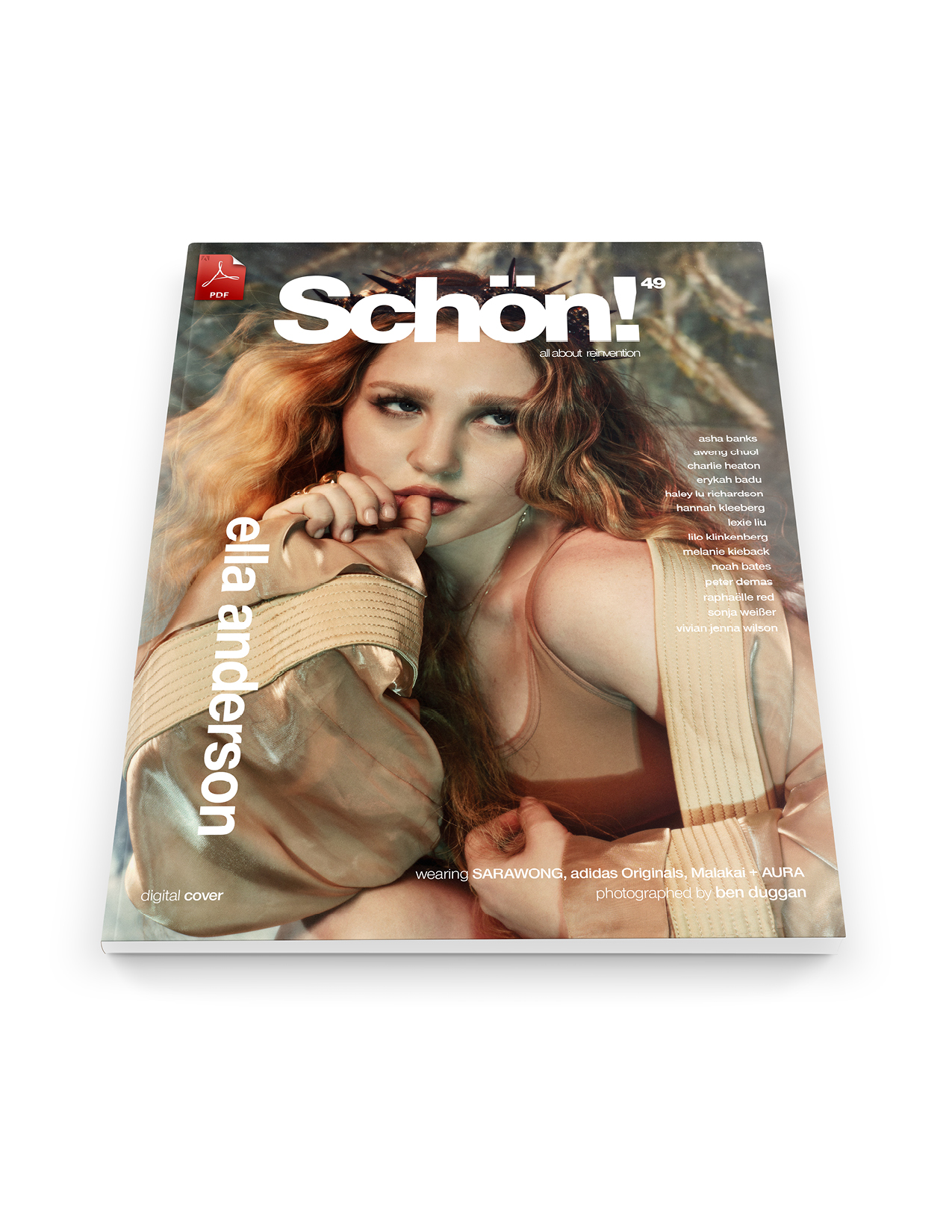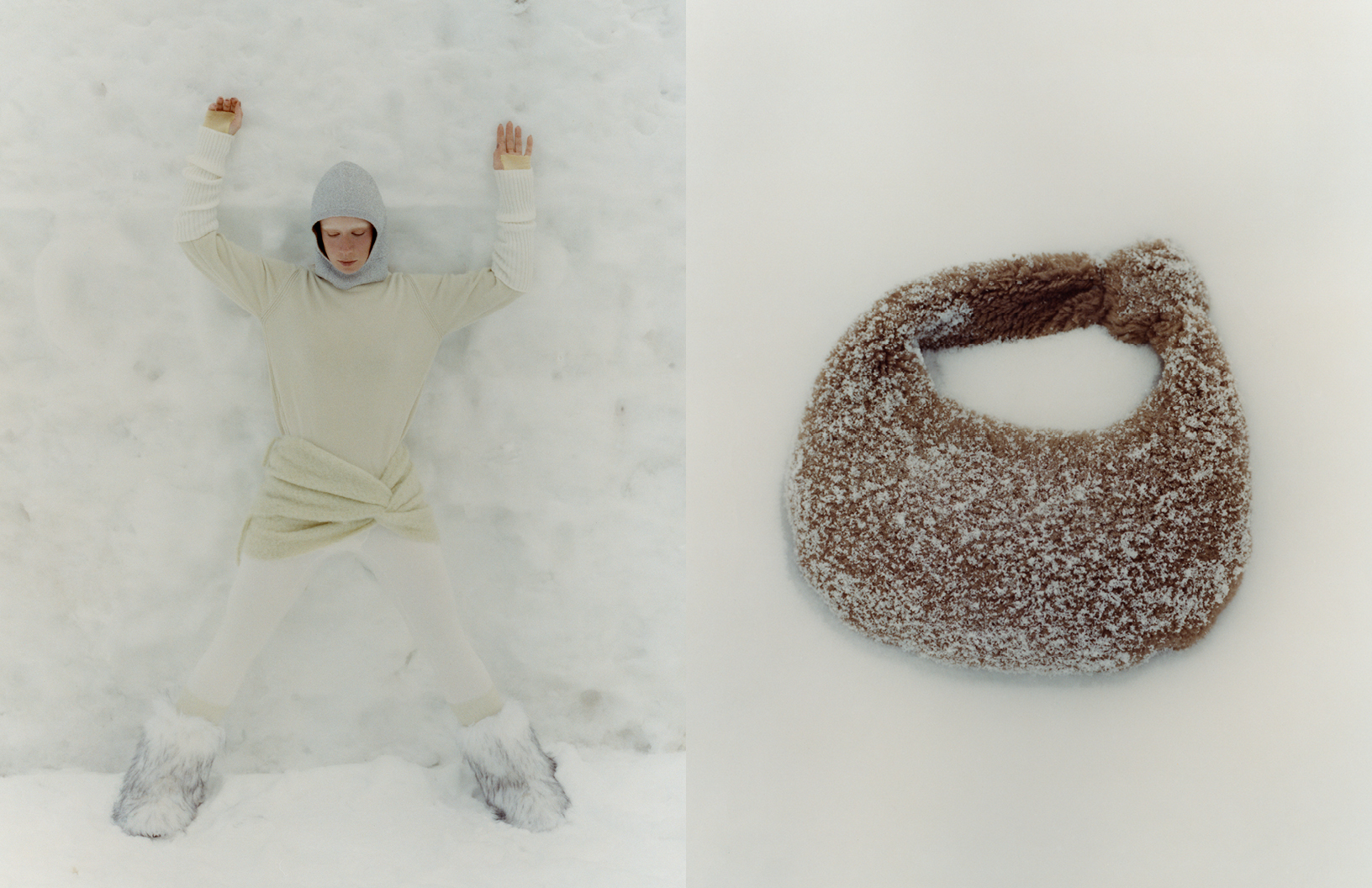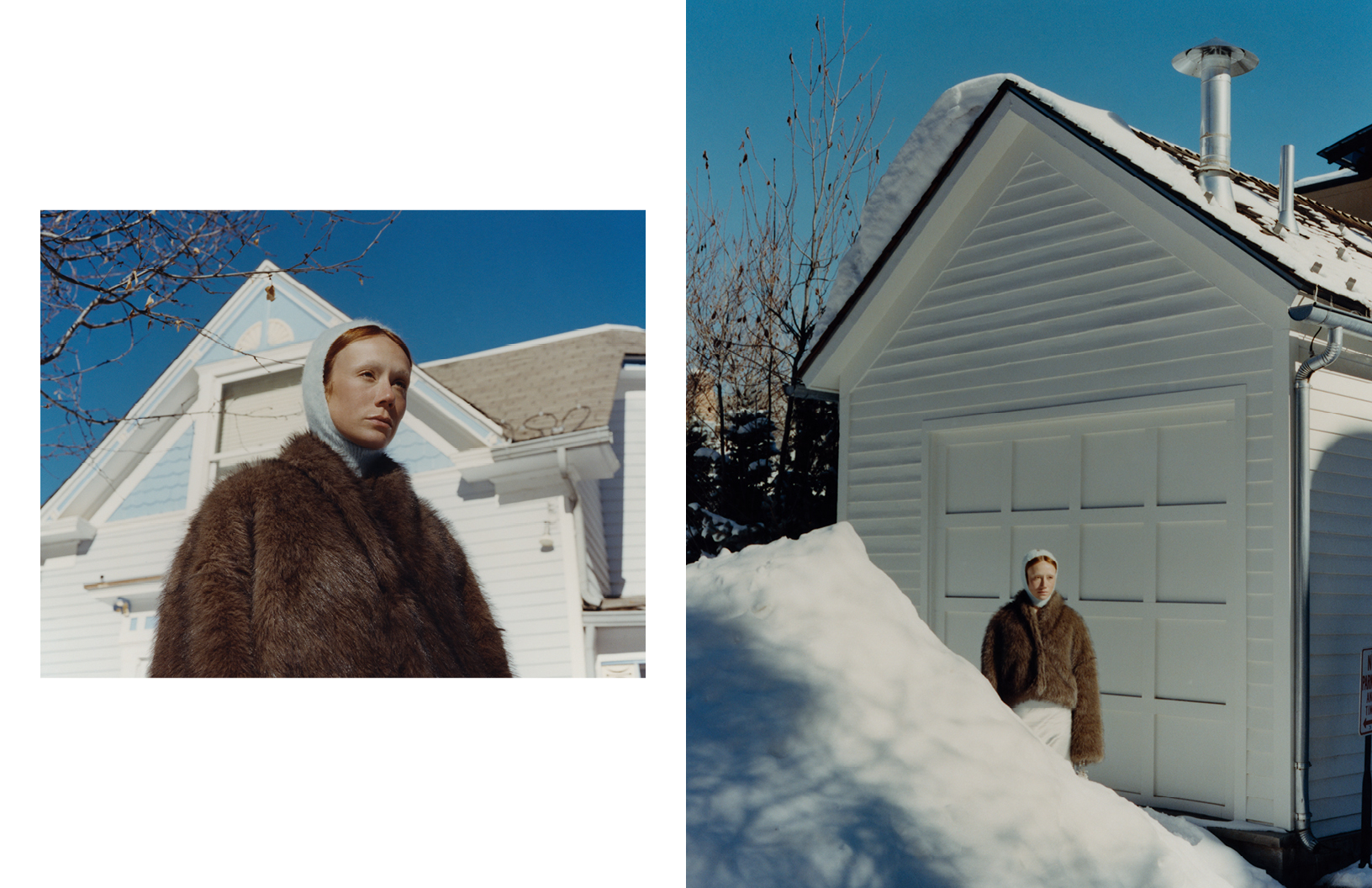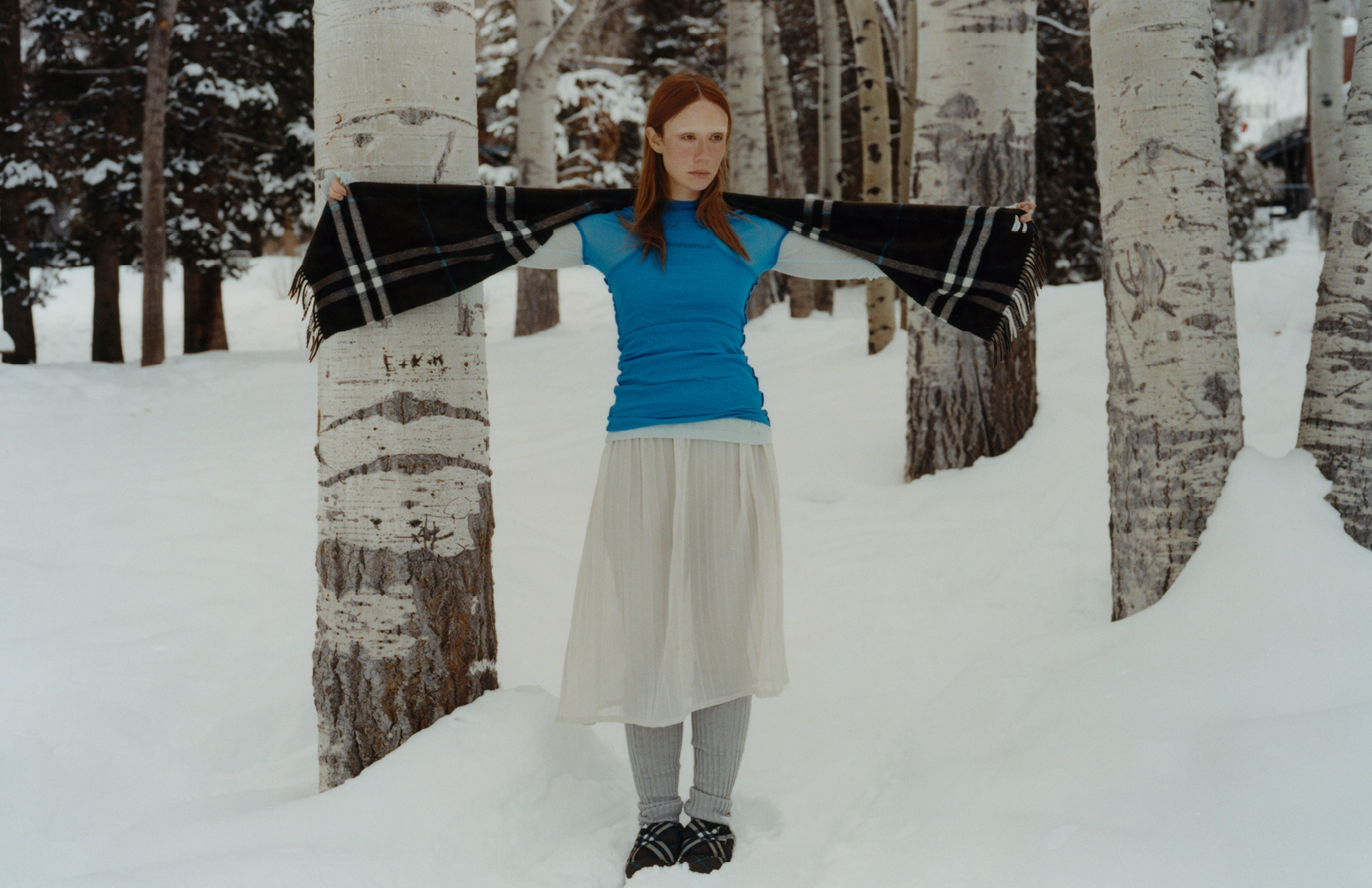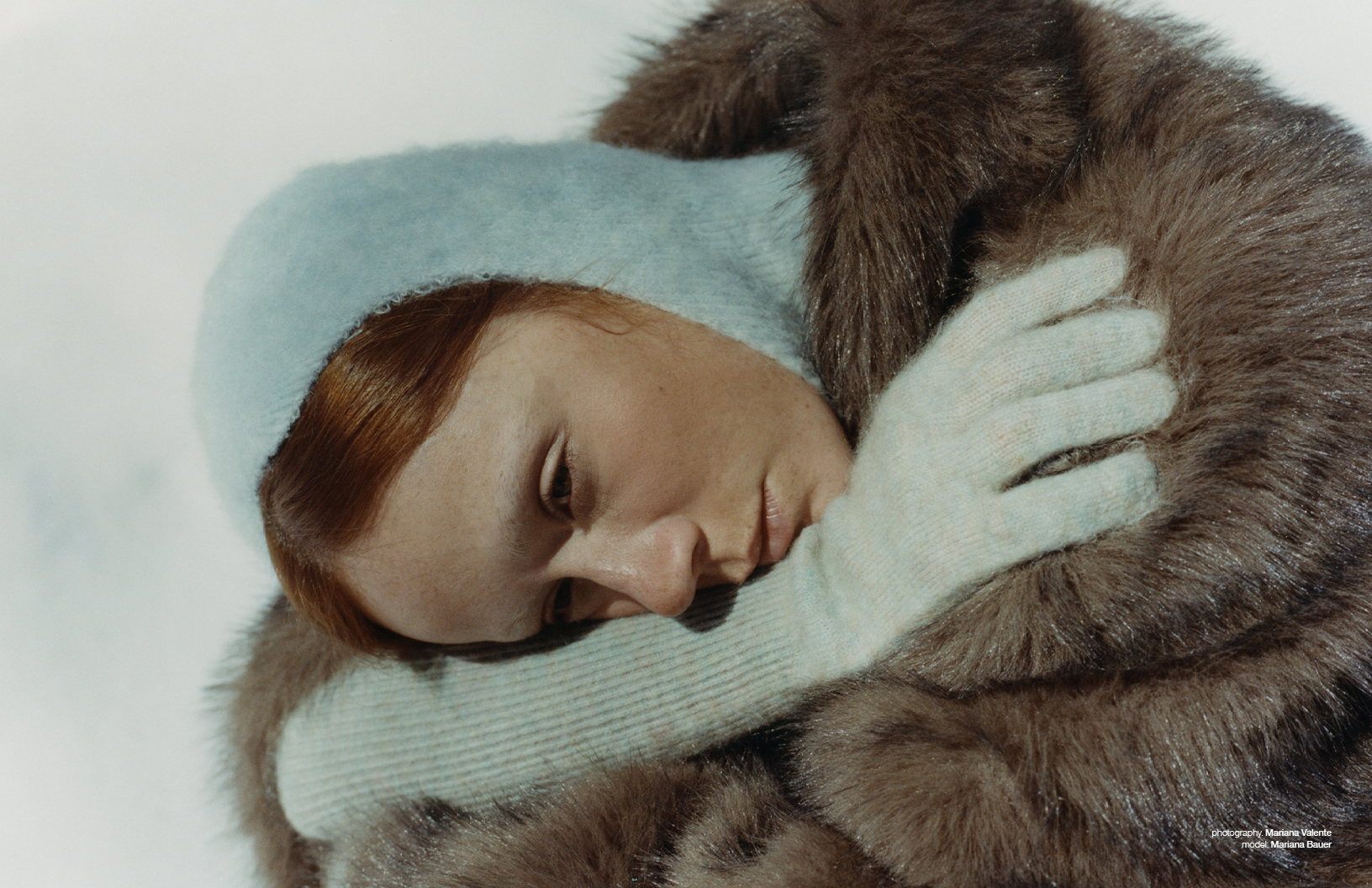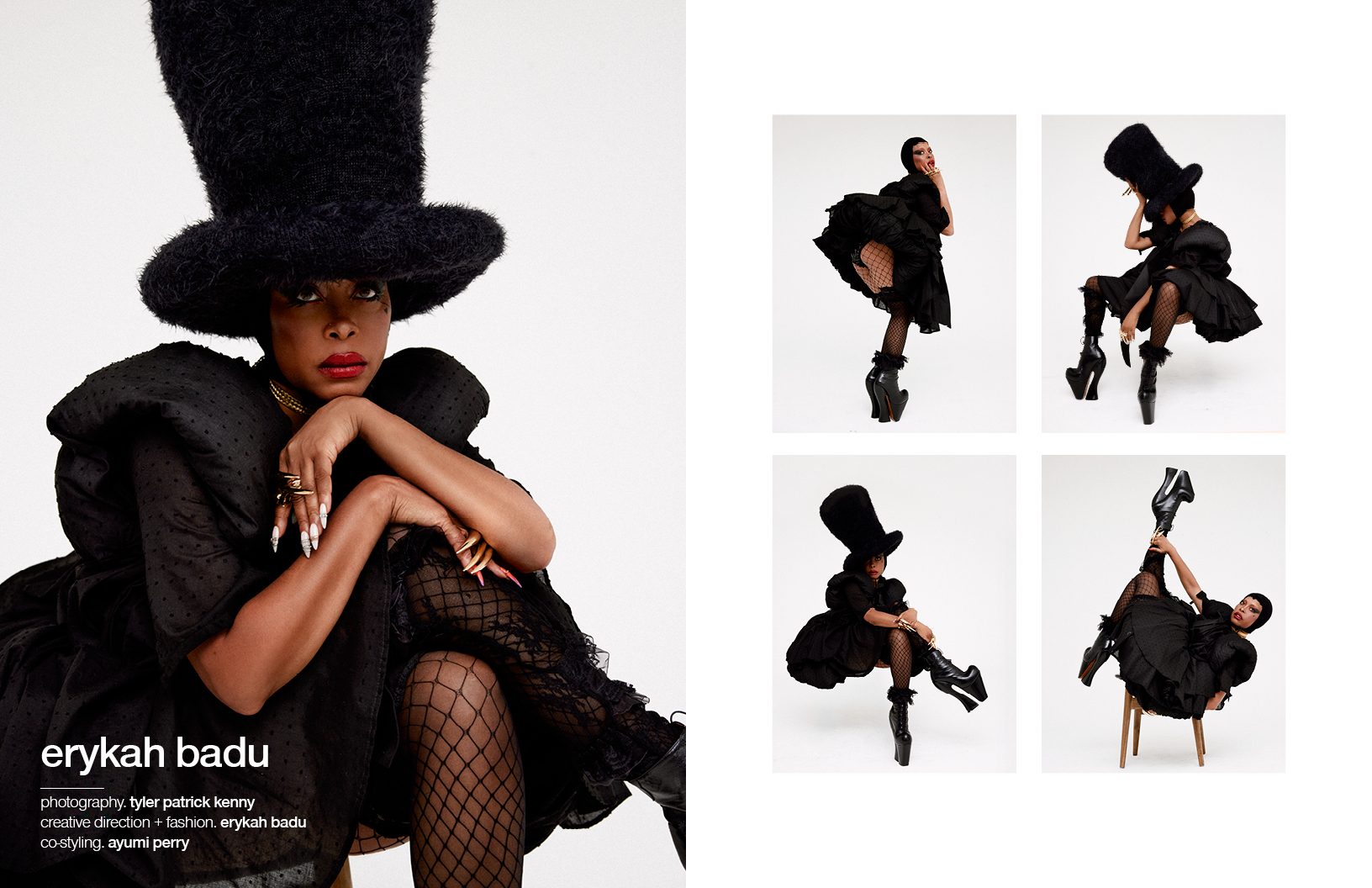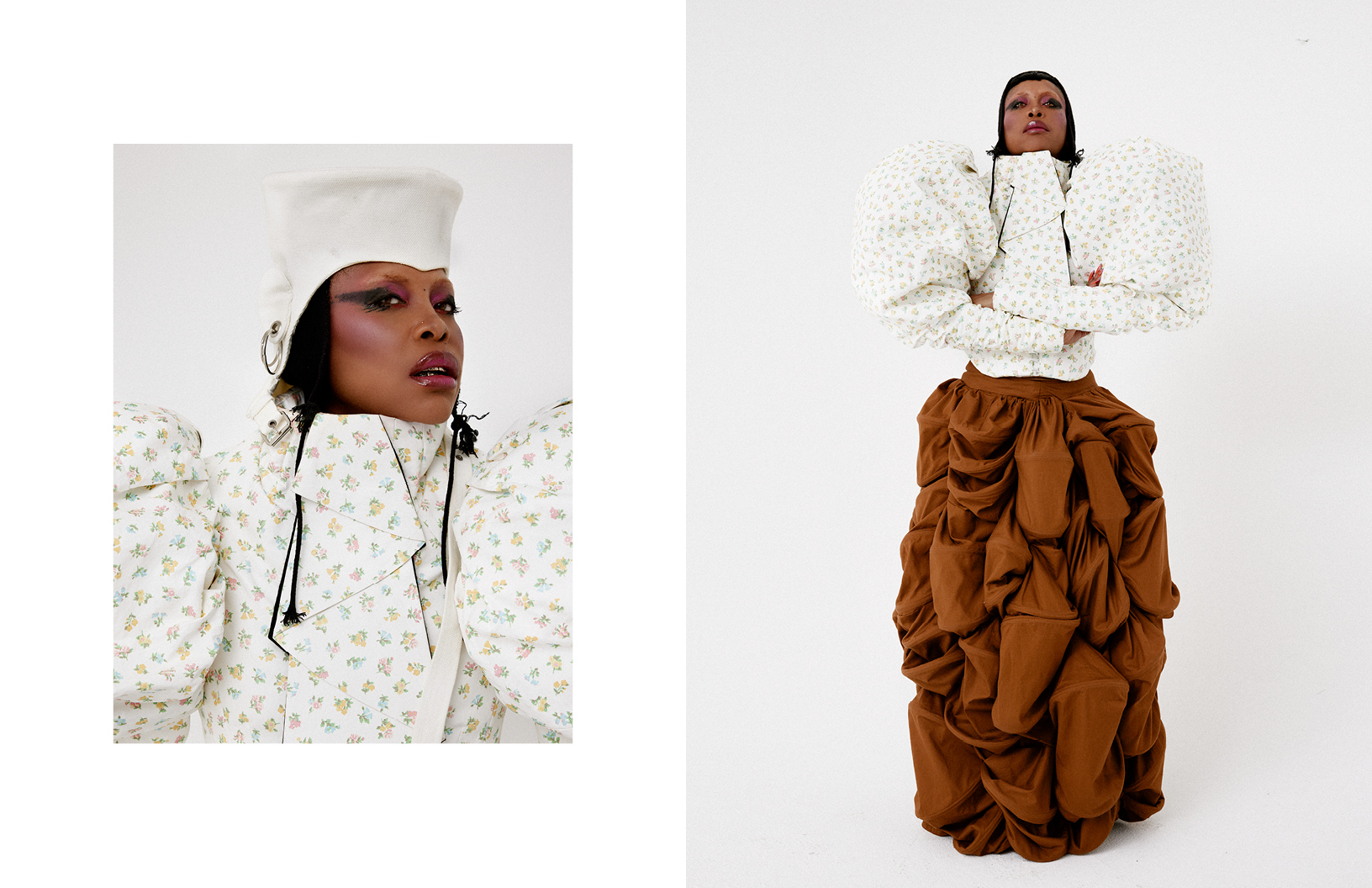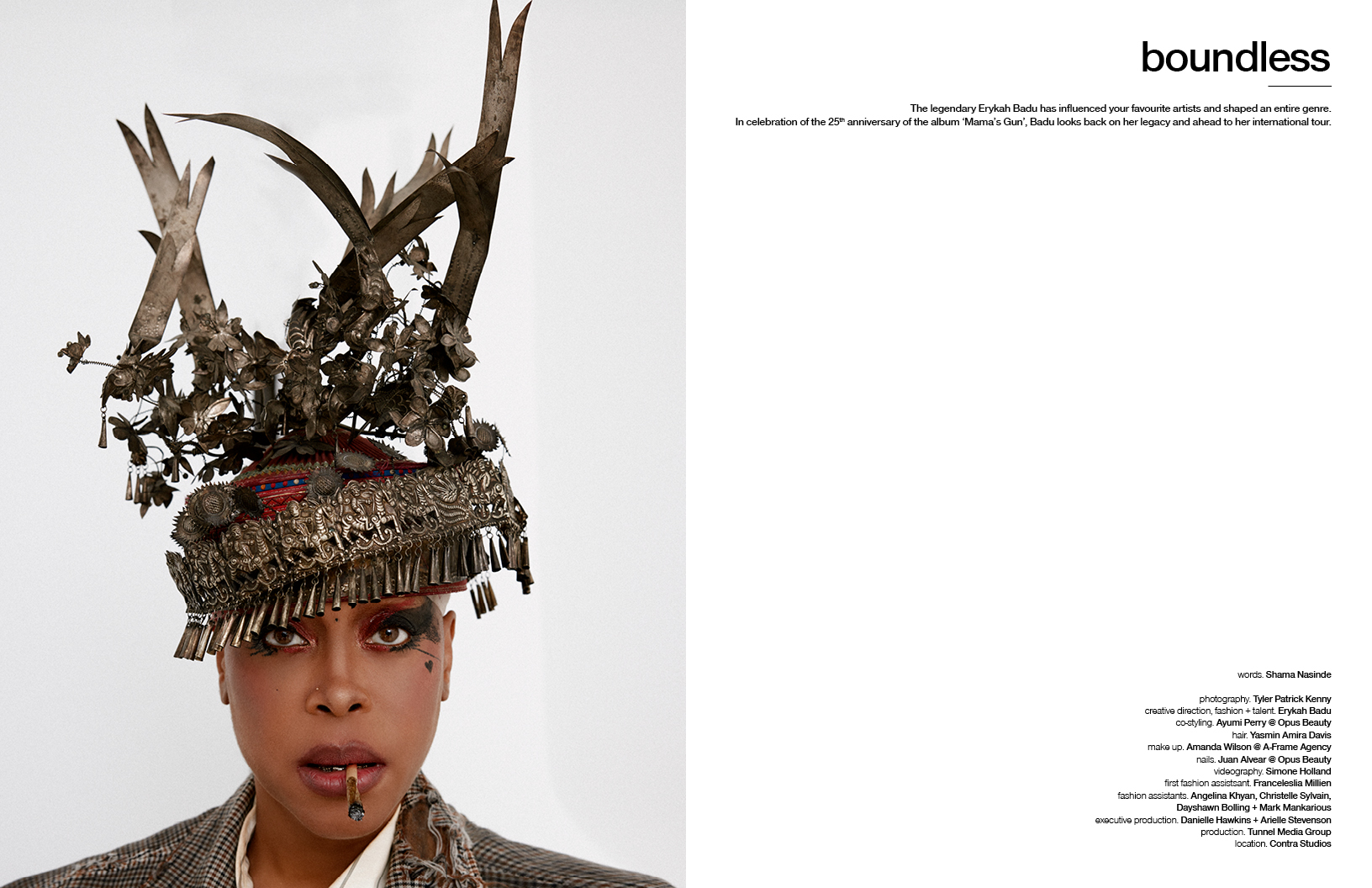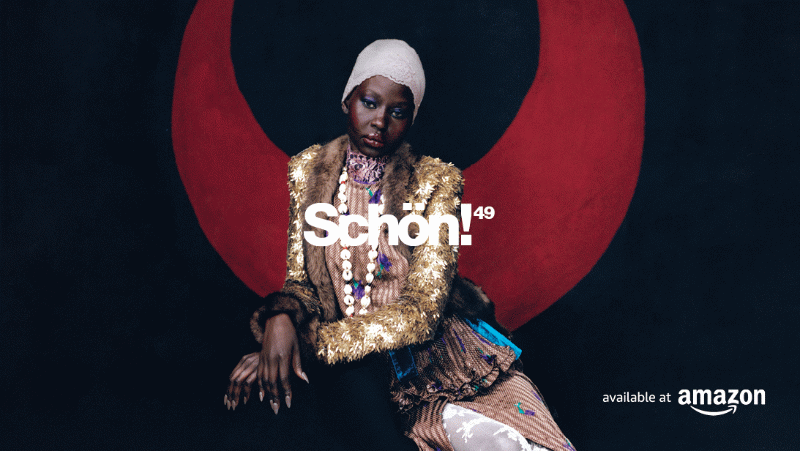
British-born Oly Innes, now based in Los Angeles, runs the men’s board at top model agency — STORM LA. Schön! speaks with him to ask how he got started as an agent, what he is looking for and what changes need to be made in the modelling industry.
How did you become an agent?
I studied fashion photography at London College of Fashion in London. I loved fashion imagery but knew I never wanted to be a photographer. I actually went straight into a boutique women’s model agency in London for a year. I would recommend anyone who wants to work in fashion to start at a model agency as an intern or junior. It is incredible training to learn who is who in the industry quickly. You learn who are the top casting directors, photographers, stylists, you see all the collections, editorials, campaigns, etc. I then went into shoot production for a few years working for Urban Outfitters in London, then Wonderland Magazine. I kept getting brought to LA and fell in love with the city. One trip turned into me being offered a job, and then I moved in 2017. I worked in production for a few years assisting on some big shoots. Then I saw STORM Models from London were opening an agency in LA, and so I’ve been with the team from nearly day one in 2019. So using the production contacts I have built up in LA over the years is very useful working as an agent.


Tell us about STORM LA.
I run the men’s board at STORM LA. It is awesome to be a part of the STORM family. It is an iconic agency and the list of supermodels they have discovered and launched is unparalleled. STORM LA is a boutique agency, which I love because it means I get to know all the guys really well. As an agent, it’s extremely important you know all your guys, their career goals, what they do and don’t like to do, what sports they are into and special skills, because you get asked the strangest questions. I built up the men’s board myself, so I’m extremely proud of the guys we represent now and what they are doing.
What do you look for in potential models?
I think clients know that my guys have swag — they are slightly unusual, maybe. I try not to take on guys that are similar to what other agencies in LA have. We are a British agency and I am British myself, so I want to bring that London edge to LA. Diversity and representation are extremely important to me. My favourite signings are the guys that are totally unique. Very proud of Chad Johnson; he had not modelled before and was the first plus size guy to be featured on Models.com. He has modelled for LEVI’S, American Eagle, Nike, H&M. His life changed overnight. Also really like D-LO who has vitiligo all over his body and has been booking some really cool jobs — he is the only vitiligo model on Nike and got a VMAN cover styled by Nicola Formichetti.
Tell us about models you have discovered.
Very proud of Donovan Wildfong, who was a cool little band and skater kid. He had never modelled before and became a big success story overnight. His first job was a big Fear Of God campaign, which led to a loyal relationship with the brand. Going with him to see an enormous billboard on the side of a building on Sunset Boulevard was incredible. His GAP campaign earlier this year, which was in every store, was also a joyous moment. He’s a great kid and has worked hard. He is now NYC-based and doing some awesome gigs there.

What would you like to see more of within the modelling industry?
I love to see model activists. For a long time, models have been voiceless mannequins. But now things have changed, and brands and agents are looking for models that are passionate about causes and charities. One of our top guys is a Native American guy called Haatepah who is an Indigenous rights activist. He is regularly booked because people admire his amazing work within his community and how he uses his modelling to raise awareness for his culture. We work together to make sure the jobs and brands he works with acknowledge and understand who he is and what is important to him. Of course, very excited to see brands and designers embracing models of all sizes, always looking to sign potential husky guys who can break down barriers. Models with visible differences. When a model who is not your stereotypical idea of a fashion model gets booked on a big job it is exciting to feel like you are helping move the industry forward.
What is the best way for a model to be discovered?
Get a friend to take simple iPhone pictures in casual, fitted clothes. A few angles, full length and close ups of your face. You don’t need professional pics, filters, retouching, lighting. We know what we are looking for. Tell us where you are, how old you are, your height and your Instagram link, email us at submissions@stormmanagement-la.com.

Follow Oly Innes on Instagram.
photography. Ken Medilo


Schön! Magazine is now available in print at Amazon,
as ebook download + on any mobile device


